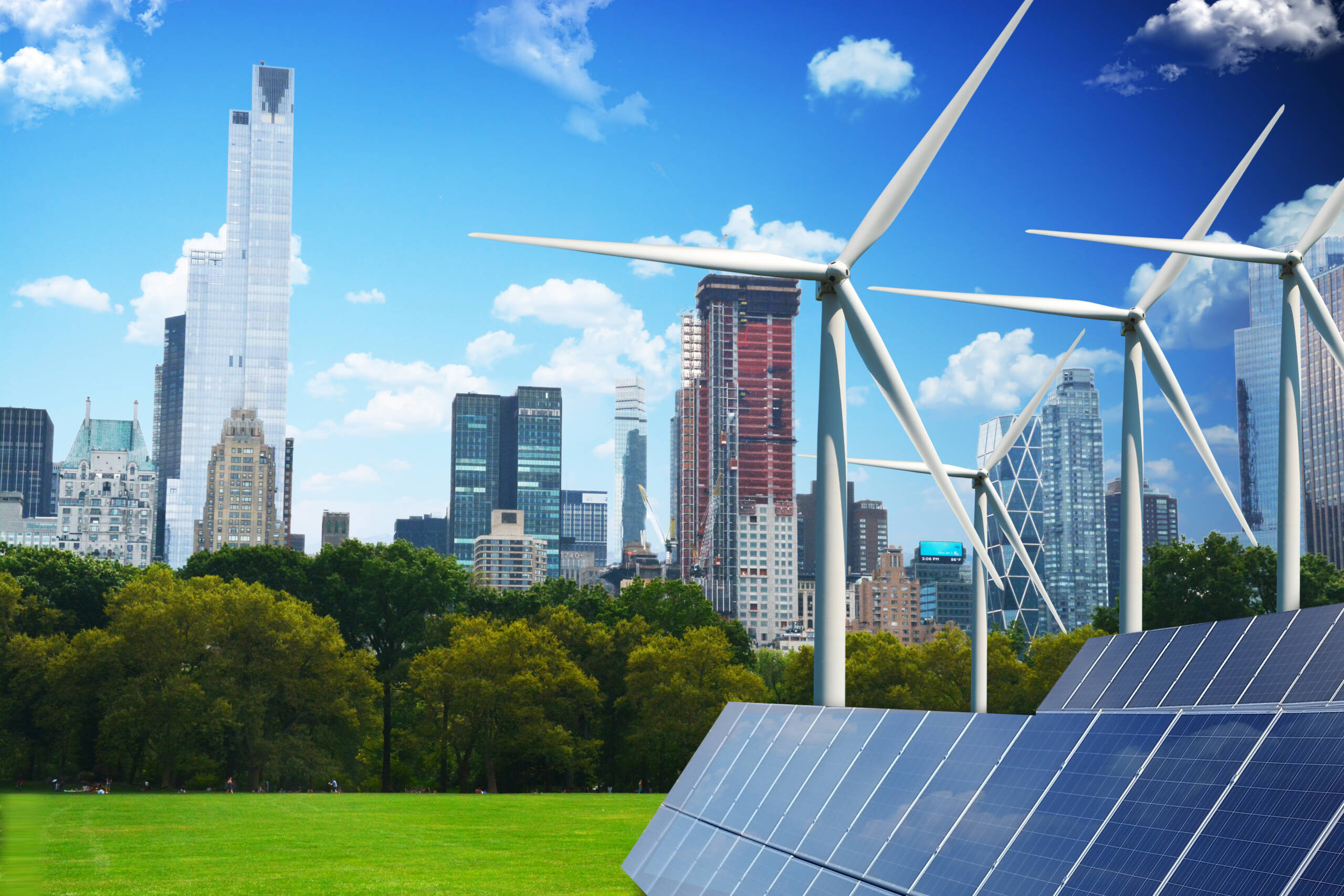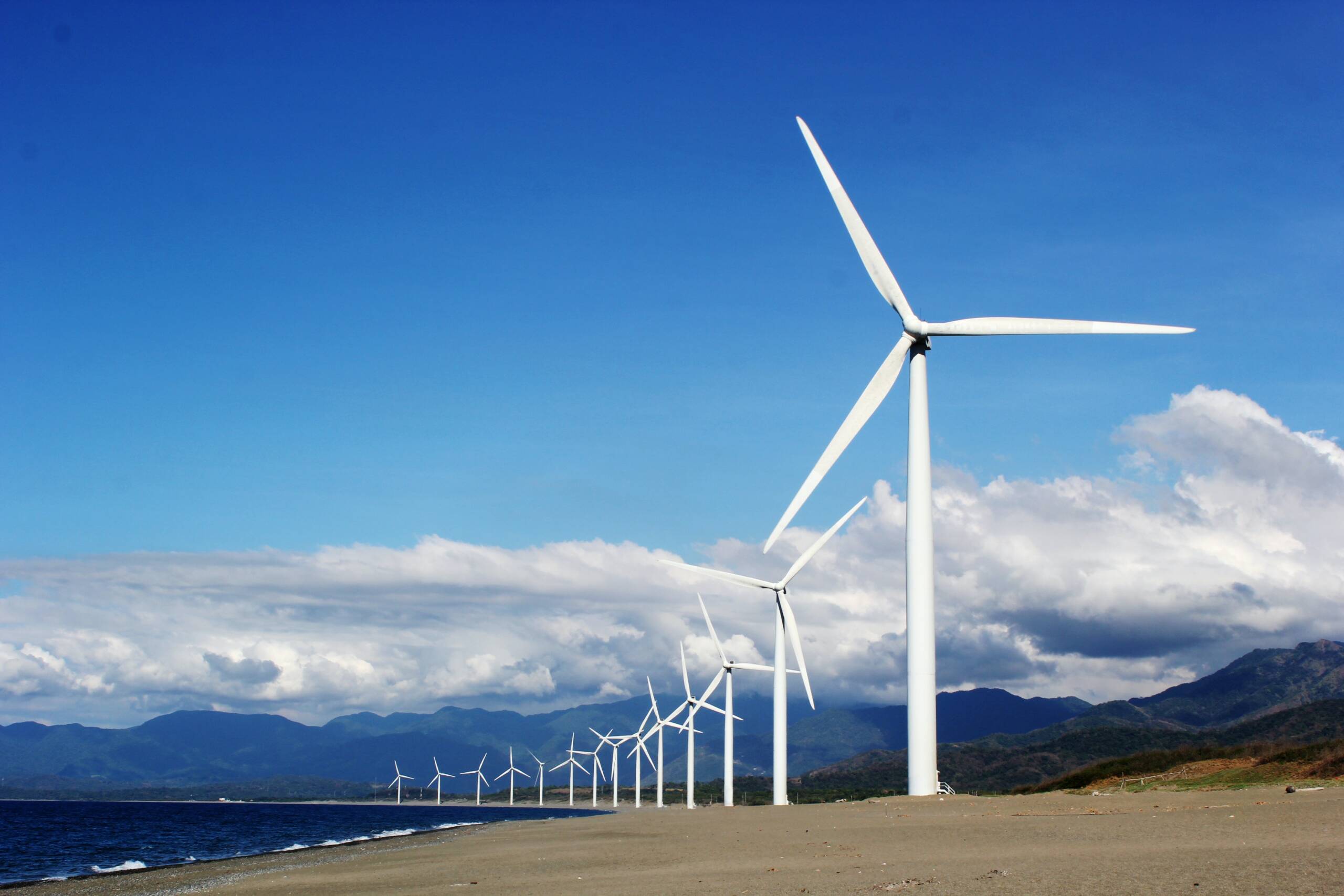Q As the world recognizes the urgency of transitioning to clean and sustainable energy sources, green energy products have emerged as a pivotal solution. From solar panels to wind turbines, these products harness renewable resources and employ innovative technologies to generate electricity while minimizing the environmental impact. In this article, we will explore how some of the key green energy products work and contribute to a greener and more sustainable future.
Solar Panels
Solar panels are perhaps the most recognizable and widely used green energy product. They work by harnessing the power of sunlight through photovoltaic cells. These cells convert sunlight into direct current (DC) electricity through the photovoltaic effect. The DC electricity is then converted into alternating current (AC) electricity by an inverter, making it compatible with standard electrical systems. This clean and renewable electricity can be used to power homes, businesses, and even feed excess energy back into the grid.
Green energy products illuminate the path towards a sustainable future, harnessing nature’s power to generate clean electricity and fuel our journey towards a greener world.
Piter Bowman
Wind Turbines
Wind turbines, another essential green energy product, capture the kinetic energy of wind and convert it into electrical power. The blades of the turbine are designed to capture the wind’s energy, causing them to rotate. The rotating blades turn a generator, which then produces electricity. Wind turbines can range in size from small residential installations to large-scale wind farms. They harness the power of wind, a free and abundant resource, to generate clean and renewable energy.
Hydropower Systems
Hydropower systems harness the energy of flowing or falling water to generate electricity. They work by utilizing the force of moving water to turn turbines, which are connected to generators.
The turbines convert the water’s kinetic energy into mechanical energy, which is then transformed into electrical energy by the generators. Hydropower systems can vary in scale, from large dams and hydroelectric power plants to smaller run-of-river installations. They provide a consistent and reliable source of renewable energy.
Geothermal Systems
Geothermal energy taps into the heat stored beneath the Earth’s surface to generate electricity. Geothermal systems work by extracting heat from geothermal reservoirs through wells.
The heat is used to produce steam, which drives turbines connected to generators. Geothermal energy is a reliable and sustainable source of power, as it relies on the Earth’s natural heat, which is continuously replenished by geological processes.
Biomass Energy
Biomass energy utilizes organic materials, such as agricultural waste, wood pellets, or dedicated energy crops, to generate heat or electricity. Biomass power plants burn these organic materials to produce steam, which powers turbines connected to generators.
Biomass energy is considered renewable because the organic materials used for fuel can be continuously replenished through sustainable practices. It offers a way to utilize organic waste and reduce greenhouse gas emissions.
Green energy products revolutionize the way we generate electricity, offering clean and sustainable alternatives to traditional fossil fuel-based energy sources. Solar panels, wind turbines, hydropower systems, geothermal systems, and biomass energy technologies all play a vital role in harnessing renewable resources to meet our energy needs.
By understanding how these green energy products work, we can appreciate their potential to combat climate change, reduce reliance on fossil fuels, and pave the way for a greener and more sustainable future.


